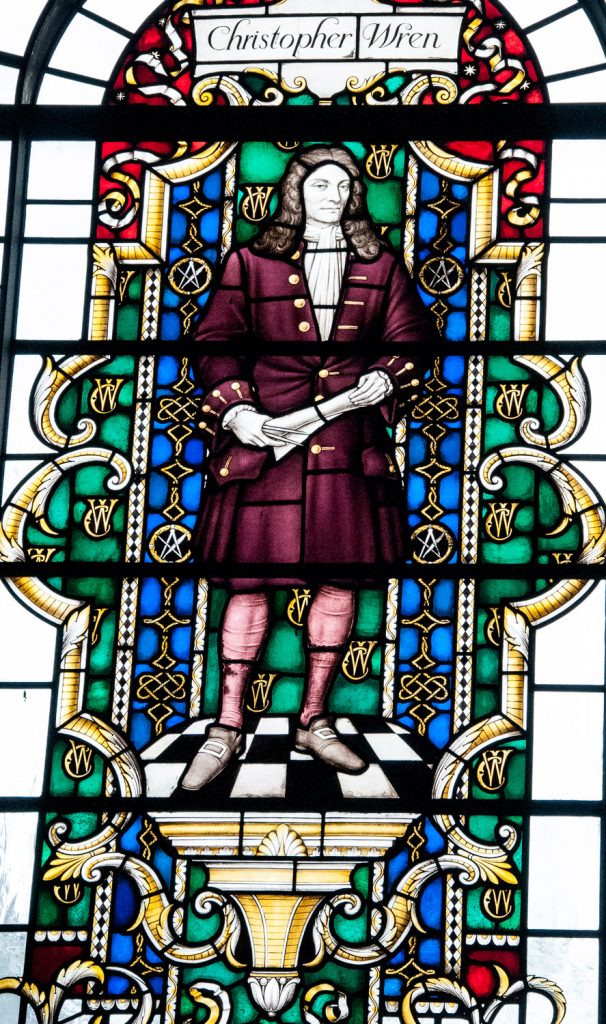I find myself continually drawn to the area around the Cathedral. There is always the constant background noise of tourist chatter but there is also something wonderful about walking around in the shadow of Sir Christopher Wren’s sublime masterpiece.
And there is also a lot to see.
This old Parish Pump, dated 1819, bears the name of St Faith’s Parish despite the fact that the church after which it was named was demolished in 1256 (yes, over 700 years ago) to allow for the eastern expansion of St Paul’s.
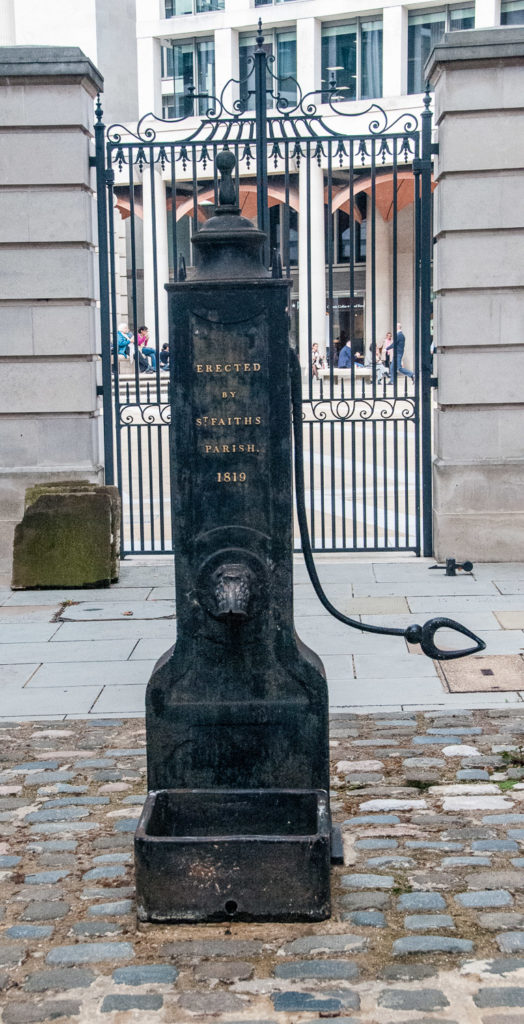
From the 1250s until the reign of Edward VI, the parish known as St Faith under St Paul’s literally worshiped beneath St Paul’s Cathedral, using a space the end of the west crypt under St Paul’s Quire. After the Great Fire of 1666 the parish was united with St Augustine Watling Street. The pump was once situated against railings of St Paul’s Churchyard close to St Paul’s Cross, but was moved to its present position in 1973.
The old parish still has a boundary marker on the wall of St Paul’s Cathedral School …
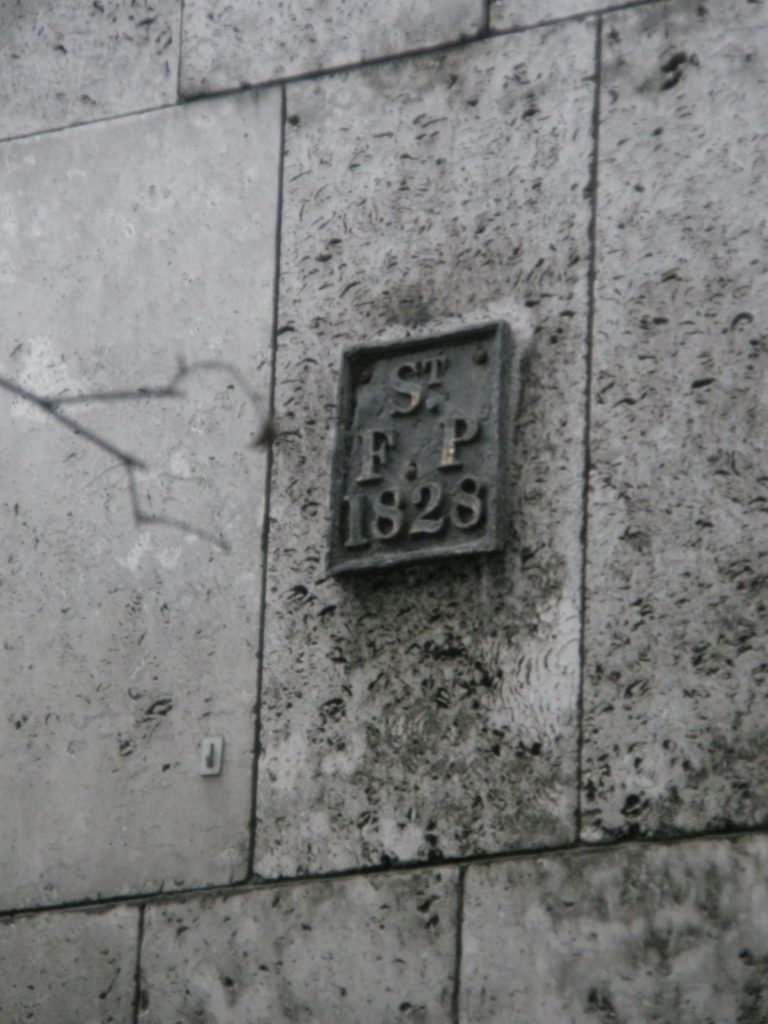
Emily Young FRBS is one of the country’s foremost stone sculptors and you can enjoy her work in the form of Angels I to V in the courtyard opposite the Cathedral’s main entrance. I never tire of looking at them …

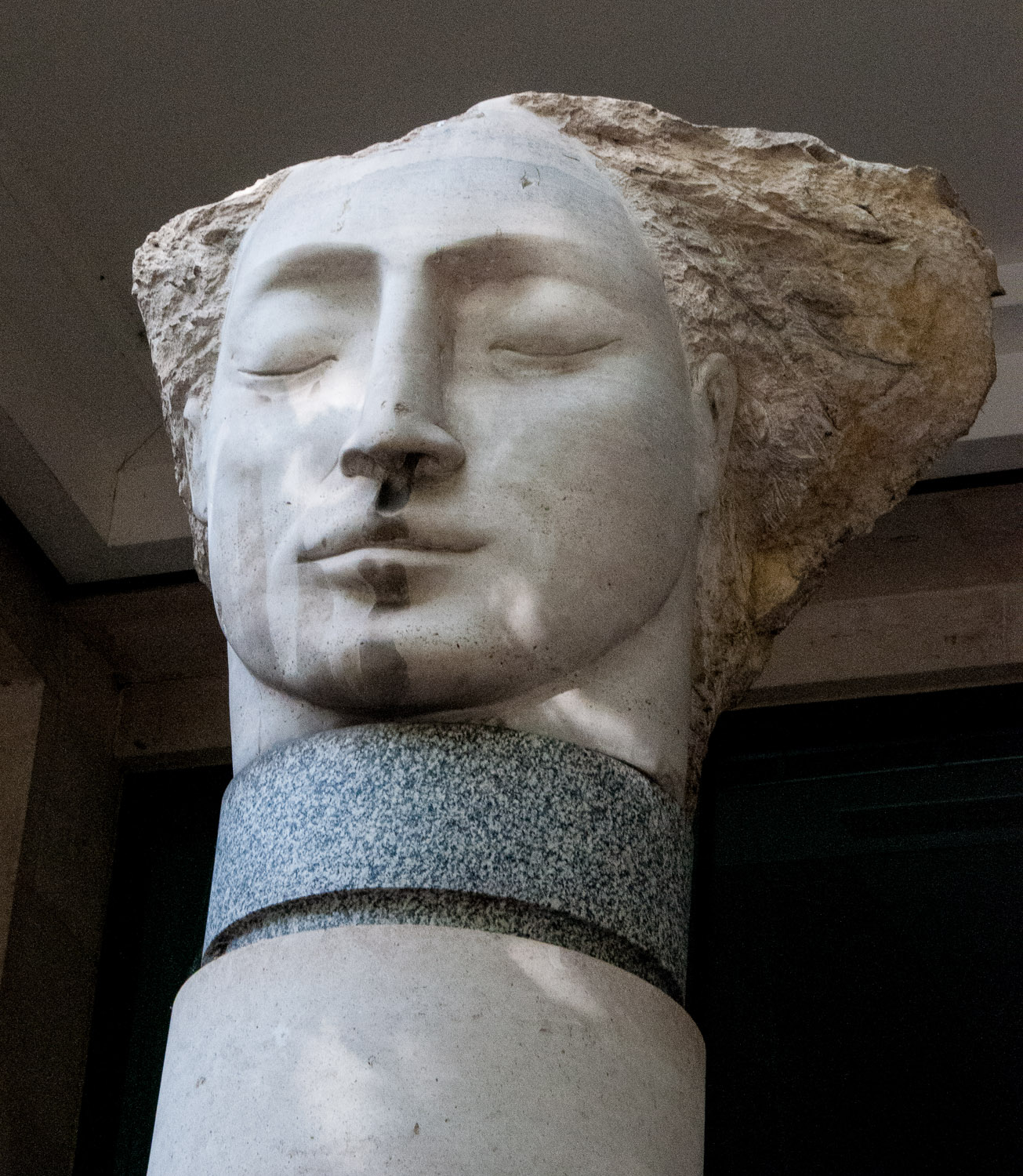
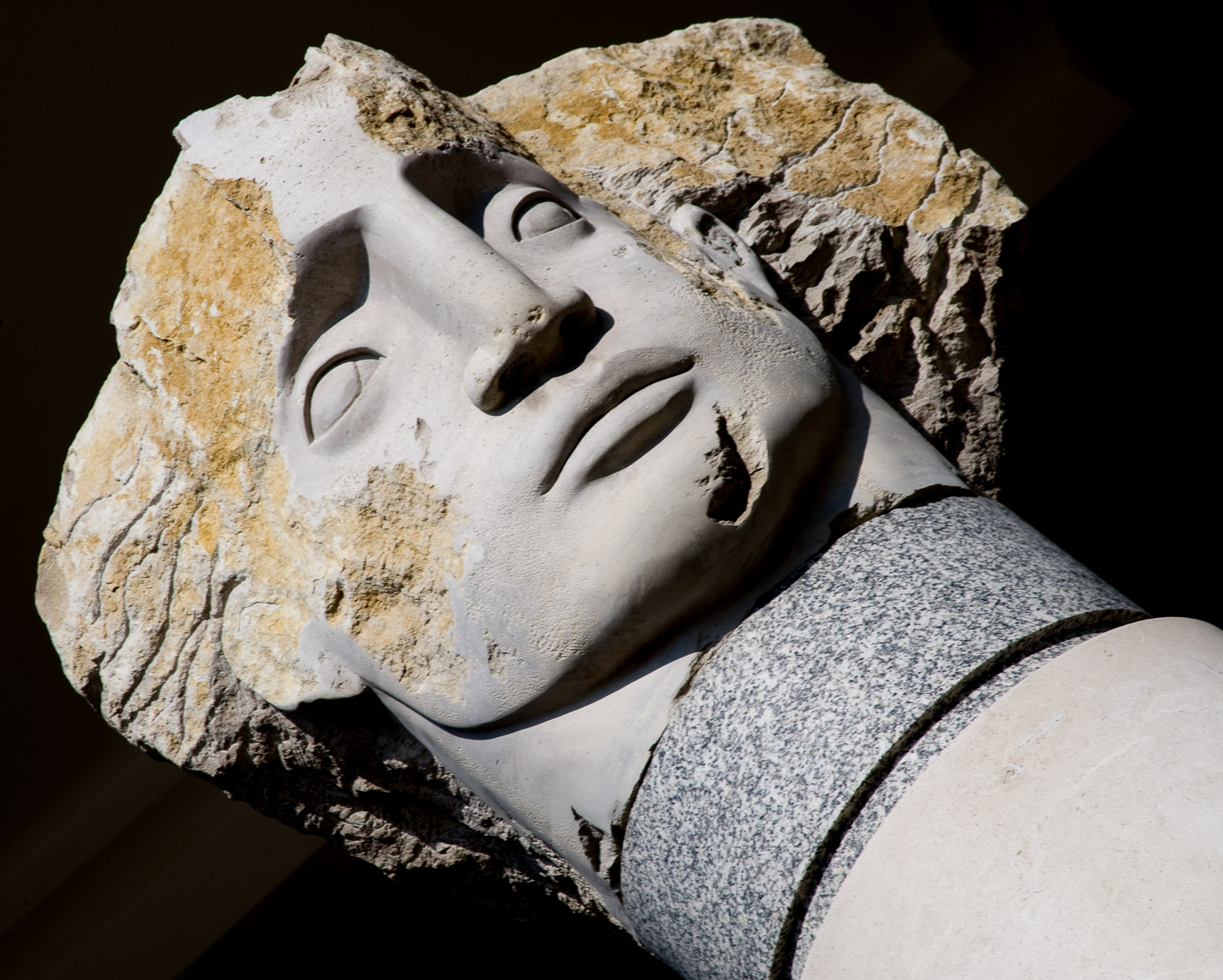
I have written an entire blog about City Angels and Devils and you can access it here.
Now climb up the steps to the imposing West Door and admire, if that’s the right word, the elegant cursive script of the 18th century ‘vandals’ who scratched their names in the stonework …
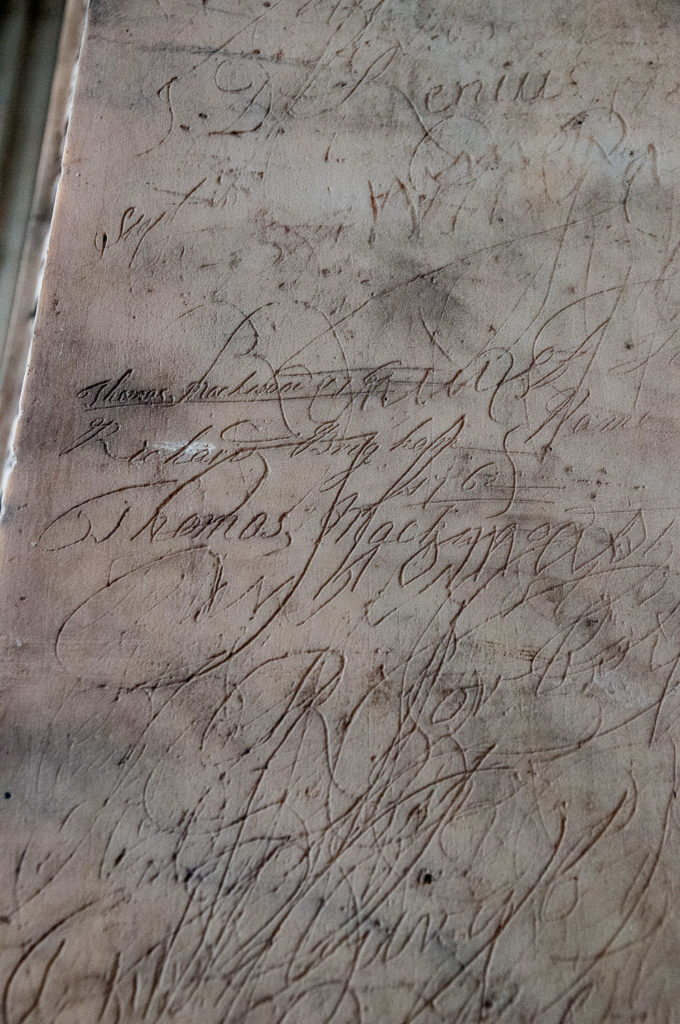
Some of it is very high up which leads me to believe the marks were made by workmen using sharp implements whilst standing on a scaffold …
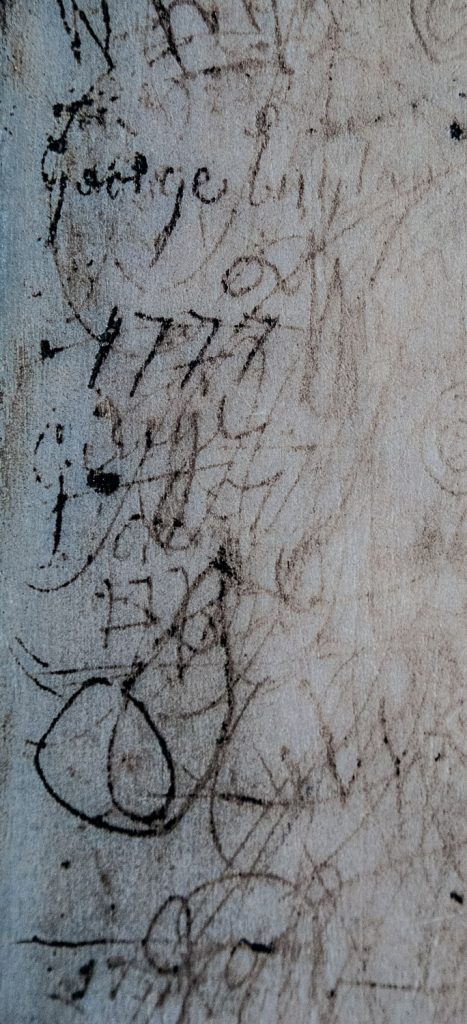
In the gardens you will find this pretty little drinking fountain …
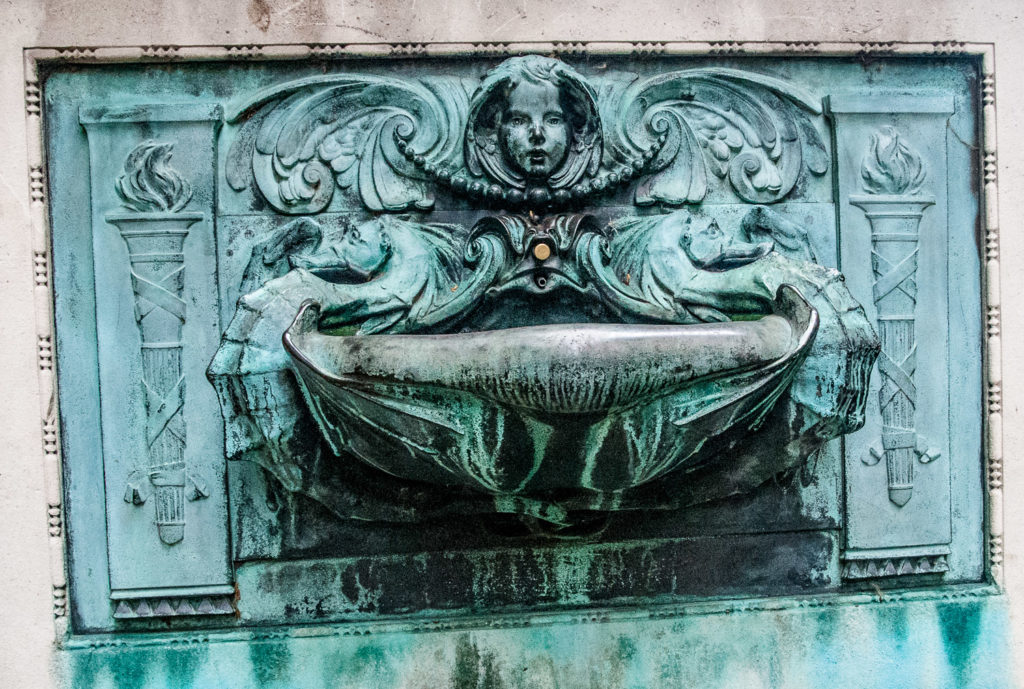
An extraordinary coincidence occurred during the Cathedral’s rebuilding. Whilst staking out the foundations in the newly cleared site, Sir Christopher needed to mark a particular spot and asked a labourer to fetch a stone. The man came back with a fragment of a broken tombstone on which was carved 0ne word, RESURGAM – I shall rise again. Wren’s son later wrote that the architect never forgot that omen and it was an incident from which he drew comfort when the obstacles that arose during the long years of rebuilding seemed insuperable.
If you look up at the pediment of the south porch this is what you will see …
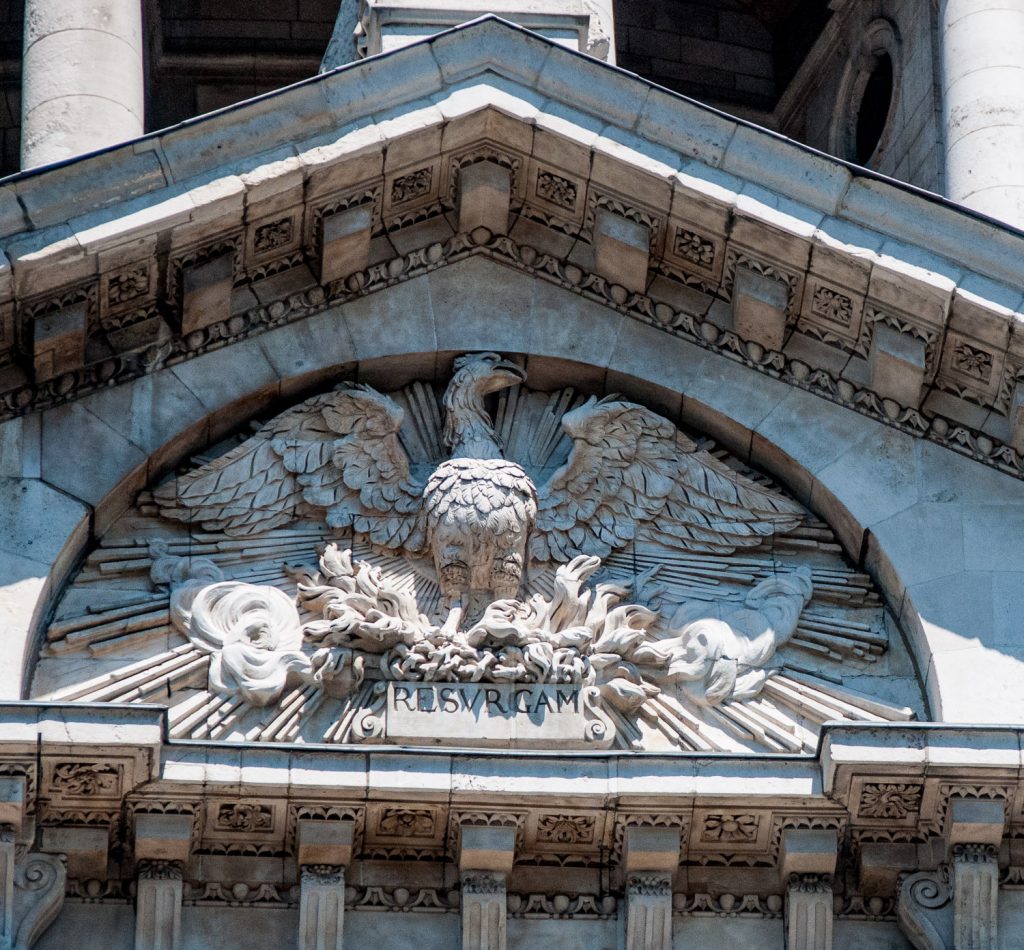
The sculptor Caius Gabriel Cibber was instructed to portray a phoenix rising from the ashes. This would not only be a fitting symbol for the Cathedral but would also include the one word that had cheered Wren two decades earlier.
In Paternoster Square there is this unusual sundial …
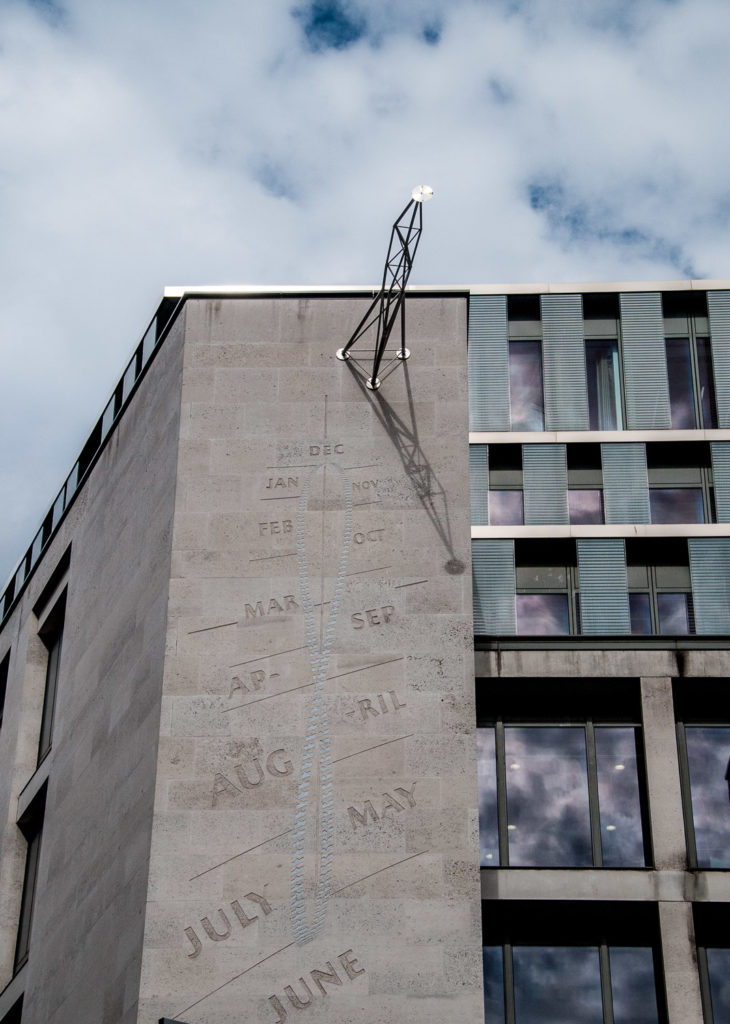
I took this picture on 28th September.
Opposite the Cathedral on Ludgate Hill is a nice double aperture pillar box …
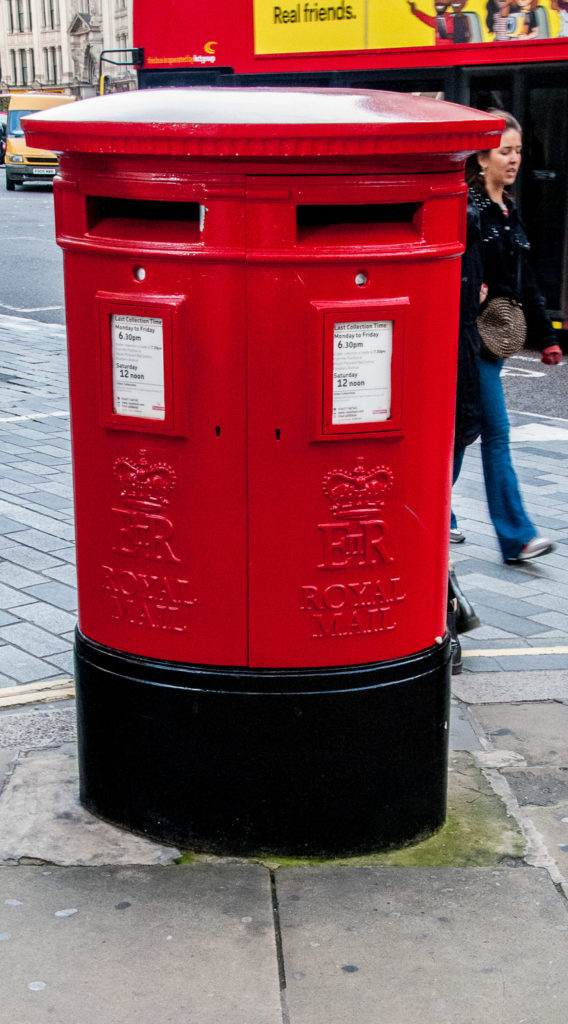
It was cast in 1996 …
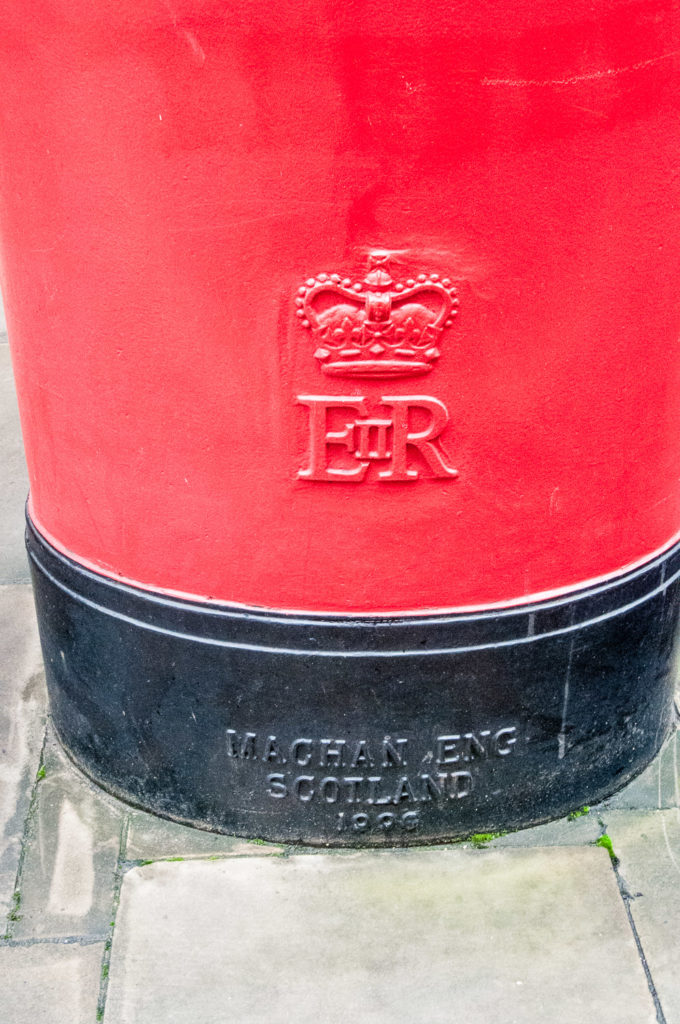
At that time Machan Engineering were the only foundry in the UK to make the traditional cast-iron pillar boxes. The company had supplied Royal Mail since the 1980s and used to get 150 orders a year but in 2014 they only received 20 orders and in 2015 they had just one. Sadly the business closed later that year.
I have written a blog devoted to City postboxes and you can find it here.
And finally, look closely at limestone wall which supports the signage for the London Stock Exchange Group. You will see a great collection of bivalves – oyster shells from the Jurassic period when dinosaurs really did walk the earth …
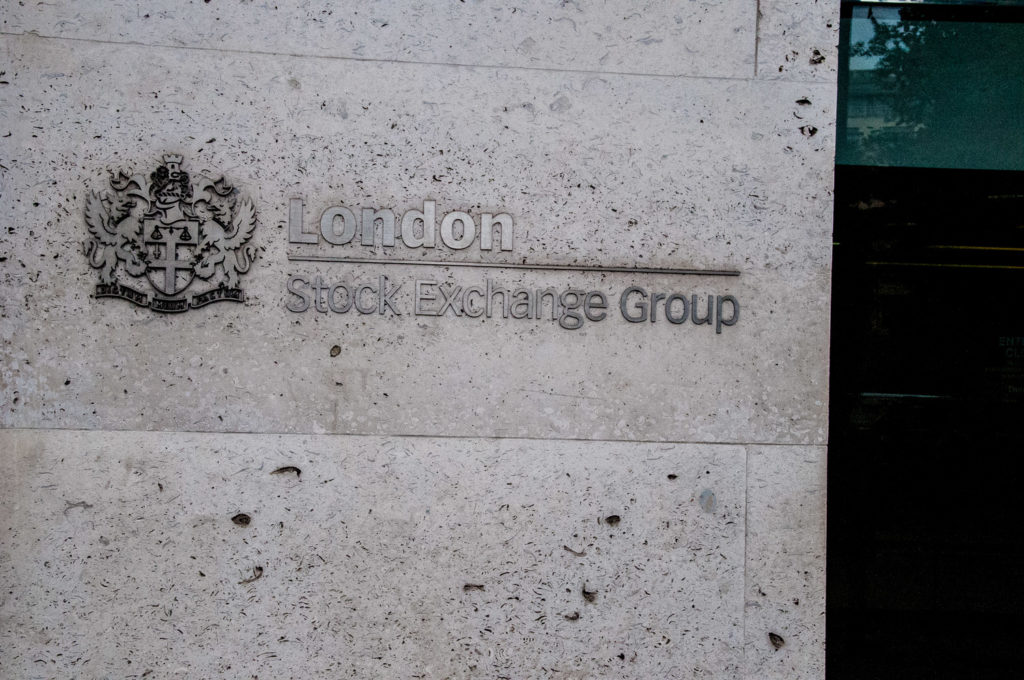
Read more about the City’s fossils in my blog Jurassic City.
Do remember that you can follow me on Instagram :
https://www.instagram.com/london_city_gent/
The great man himself portrayed in stained glass at the church of St Lawrence Jewry …
